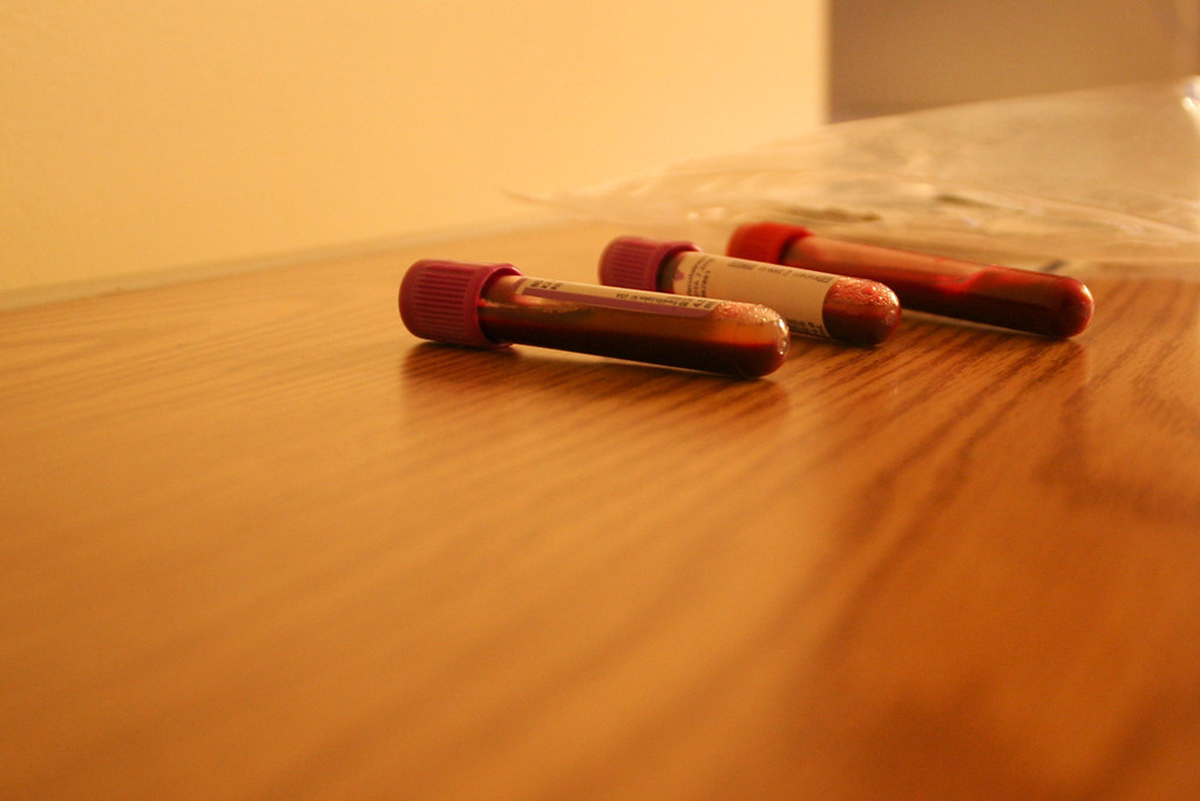Incidence of Down syndrome

What exactly is a Down syndrome?
- Learning difficulties and a low IQ.
- Characteristic facial features. A child with Down syndrome will usually have eyes that slant upward and small ears that may fold over a little at the top. The child's mouth may be small, making the tongue appear large and nose may also be small, with a flattened nasal bridge. Some babies with Down syndrome have short necks and small hands with short fingers and, due to less muscle tone.
- Heart defects. Almost half of babies with Down syndrome have heart defects, of which some are minor and may be treated with medications, while others may require surgery. That is why all babies with Down syndrome should be examined by a pediatric cardiologist, a doctor who specializes in heart diseases of children, and have an echocardiogram in the first 2 months of life so that any heart defects can be treated.
- Increased infections. Children with Down syndrome tend to have many colds and ear infections, as well as bronchitis and pneumonia. They also are at increased risk of thyroid problems and leukemia
- Intestinal malformations - About 10 percent of babies with Down syndrome are born with that some intestinal malformations that require surgery soon after birth.
- Problems with vision and hearing. Common visual problems associated with Down syndrome include crossed eyes (amblyopia), near- or far-sightedness and cataracts. Most can be improved with glasses, surgery or other treatments.
- Other health problems…
Genetic abnormalities
Causes of Down syndrome
Non-disjunction event
Trisomy 21 is caused by a meiotic non-disjunction event. In this case the child has three copies of every gene on chromosome 21. This is the most common cause because about 96% of Down’s syndrome cases, with 88 percent coming from the maternal gamete and 8 percent coming from the paternal gamete, are caused by this non-disjunction!Translocation
The extra material is due to a change called translocation. The long part of 21 is attached to another chromosome. The parent with the translocation is missing information on the short arm of 21, but this does not have apparent effects. Through normal disjunction during meiosis, gametes are produced with extra copies of the long arm of chromosome 21. This isn't so common cause of Down syndrome because it is the cause of two to three percent of the observed cases.Normal arrangement and trisomy - combined
The individual is a mosaic of normal chromosomal arrangements and trisomy 21. This can occur in one of two ways:- A non-disjunction event during an early cell division leads to a fraction of the cells with trisomy 21; or
- A Down syndrome embryo undergoes non-disjunction and some of the cells in the embryo revert back to the normal chromosomal arrangement.
Duplication
Rarely, a region of the 21st chromosome will undergo a duplication event. This will lead to extra copies of some, but not all, of the genes on chromosome 21.Prenatal screening and diagnosis
A new study supports screening for Down syndrome in earlier weeks of pregnancy than what has traditionally been recommended. These are very good, easy to do and effective prenatal diagnostic tools that can help in detecting abnormalities characteristic to Down syndrome!
Maternal serum screening
The proven fact is that this maternal serum screening allows the detection of trisomy 21 pregnancies in women in younger than 35 years who give birth to about 70 percent of infants with Down syndrome.- Alfa-fetoprotein
- Unconjugated estriol
- Human chorionic Gonadotropin
- Gestational age
- Maternal weight
- Maternal race
- Maternal insulin-dependant diabetes
- Multiple fetal pregnancy
- Family history of Down syndrome
Ultrasound assessment
- Increased nuchal fold thickness >5 mm
- Intrauterine growth restriction
- Flat facies
- Small ears
- Choroids plexus cysts
- Congenital heart defects
- Renal pelvis dilation
- Shortened humerus and femur
- Increased iliac wing angle
- Incurving of the fifth finger
- Increased space between first and second toes
- Two-vessel umbilical cord
Chorionic villus sampling
Amniocentesis
Amniocentesis is a prenatal test used to identify various genetic problems. It is done by using a thin needle which is inserted into the uterus by doctor! Then, the doctor withdraws a sample of the amniotic fluid that surrounds and protects the baby. This fluid contains fetal cells and various chemicals produced by the baby. With genetic amniocentesis, the chromosomes and genes in these cells or the chemicals in the amniotic fluid can be tested for certain abnormalities, such as Down syndrome and spina bifida. What's also good? With maturity amniocentesis, the amniotic fluid could be also tested to determine whether a baby's lungs are mature enough for birth.
- A chromosomal abnormality or neural tube defect in a previous pregnancy
- Abnormal results from a prenatal screening test, such as first trimester screening or the quad marker screen
- A family history of central nervous system defects, Down syndrome or other genetic disorders
- Miscarriage.
- Rupture of the amniotic sac
- Cramping
- Light vaginal bleeding.
- Rh sensitization
- Needle injury
- Neonatal respiratory distress syndrome
- Neonatal pneumonia
- Limb reduction defects
- Bleeding
These risks are small, and the pros and cons should be discussed with the doctor before having the test.

